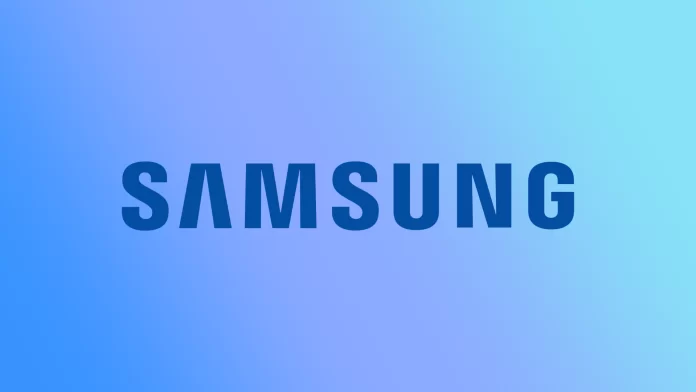Many people, after buying a Samsung Smart TV, do not use cable TV at all, as apps of streaming services allow you to watch any video content. Nevertheless, many people watch local channels and cable TV. Local channels have been providing quality service to their customers for a long time. At the same time, sometimes it is necessary to have access to local channels to watch the news or find out about some of the emergency alerts in your city. This saves a lot of time than looking it up on YouTube.
If you don’t know how to get local channels after buying a new Samsung TV, this article will help you. If you’re having trouble with this, that’s okay, as there are many ways to do it. These ways will vary depending on whether or not your Samsung TV has the Smart TV feature. You can connect local channels via cable or a particular antenna. You can also install an app for this. You can also access local channels using the Internet.
How can you get local channels on Samsung TV without a Smart TV function?
If your Samsung TV does not have a Smart TV function, your attempts to get local channels will be different. For standard Samsung TVs, there are only two ways to do this.
Using Coaxial Cable
More often than not, local providers install coaxial cable in homes. Using this method is quite simple. All you have to do is connect the coaxial cable to a specific port on your Samsung TV. Then you need to search for local channels in Settings. To do this, you need to follow these steps:
- The first step is to open the Settings section on your Samsung TV.
- Then after that, select the Broadcast section.
- The next step is to click on Auto Tuning.
- Then select Start Scanning.
After these steps, you should wait a little while for the TV to finish the automatic channel search. Then you can start watching channels right away.
Using Antenna
Using an antenna is just as popular a way to access local channels. You can purchase an antenna, which costs about $25. Then after you connect the antenna to the port on your TV, you need to turn on the automatic channel search. To do this, use the steps in the previous section.
You can also buy a set-top box such as Roku or Apple TV. After connecting these set-top boxes to the TV, you will be able to get more. That is, your TV will perform the functions of a Smart TV, and you will be able to access local channels using further methods, too.
How to get local channels on Samsung Smart TV?
If you bought a Samsung TV with a Smart TV function, then you can follow other steps to get access to local channels. Of course, you can choose the method from the previous section, but these are easier to connect and only suitable for Smart TVs. Let’s see what you need in the case of a Samsung Smart TV to access local TV channels:
Use Internet TV
Samsung Smart TV has a built-in Internet browser. So you can go to the desired site and start broadcasting directly from there. Many service providers give customers access to a personal account where the webcasts will take place.
You can use the built-in browser to watch the content of local channels. But there is also a disadvantage. Using the Internet browser on the Smart TV is different from using it on a PC or smartphone. So you should be prepared that it will not be as functional.
Use a TV set-top box
Many providers allow you to buy a set-top box to connect to the Internet and stream local TV channels. This method is quite convenient. Check with your provider for this information.
Install a special app
You can install your provider’s app to broadcast local channels. To install this app, you need to open the Play Market on your Samsung Smart TV. Then after that, find the app and install it.
You can check with your provider since many providers provide their apps for streaming services. Among the most popular are Xumo, Locast, and Pluto TV.






